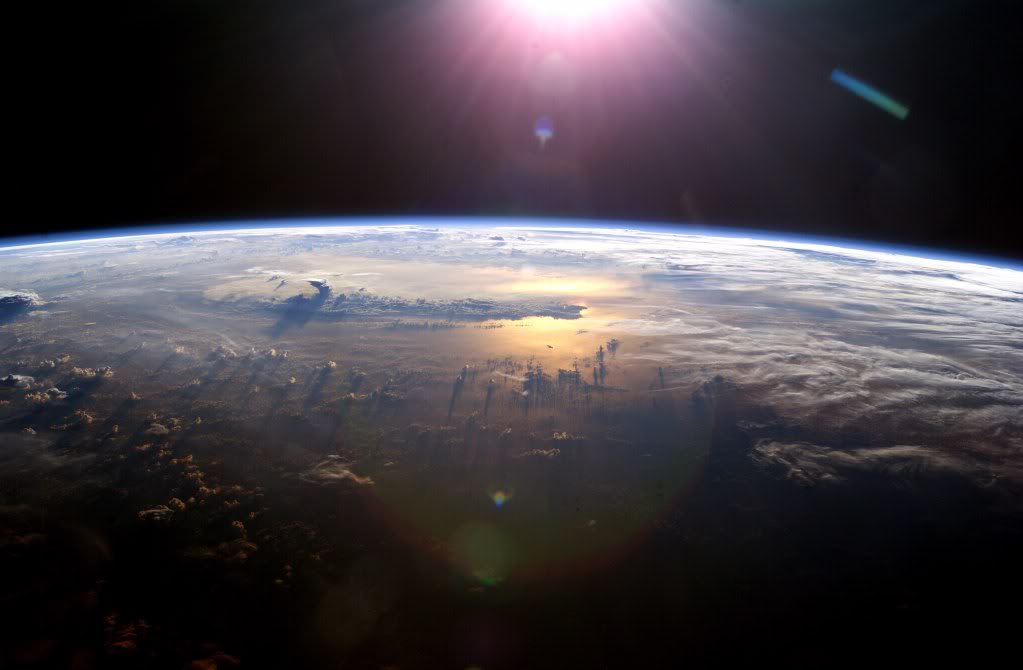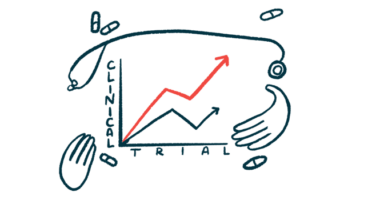Growing LRRK2 Protein Crystals in Space Could Help Scientists Better Understand and Treat Parkinson’s

Crystals of the LRRK2 protein grown aboard the International Space Station could improve the understanding of Parkinson’s disease and help develop more effective therapies for this disease, according to researchers.
Mutations in the leucine-rich repeat kinase 2 (LRRK2) gene are the most common genetic cause of Parkinson’s and result in excessive activation of the LRKK2 protein. Although treatments designed to block the LRRK2 protein are in development, the precise structure of this enzyme is still unknown, thereby limiting the likelihood of successful clinical trials.
One approach is to create crystals of LRRK2, but growing them on Earth is difficult and results in crystals without enough quality for researchers to determine the protein’s shape and structure. However, growing protein crystals in space — in microgravity conditions — makes them larger and more uniform, providing a way to better understand Parkinson’s. Such is the goal of the study, “Crystallization of LRRK2 Under Microgravity Conditions-2 (CASIS PCG 16).”
This investigation builds on a previous experiment known as CASIS PCG 7, which resulted in a study published in early 2018. Despite being able to successfully adapt the crystallization method to enable the transport of LRRK2 to the space station, scientists found that growing the protein crystals in microgravity did not improve their quality.
For this subsequent experiment, the space crew used larger sample wells, filled them during flight in the SpaceX Dragon capsule, and tracked the growth of the LRRK2 crystals, according to a NASA news release, written by Melissa Gaskill.
The crystals are then re-analyzed with techniques called x-ray diffraction and neutron diffraction upon return in a frozen state to Earth.
In an online video, NASA astronaut Serena Auñon-Chancellor narrates as Alexander Gerst, a European Space Agency astronaut, examines and photographs the LRRK2 crystals with a microscope. Gerst was able to interact in real time with researchers on the ground, who were at the Michael J. Fox Foundation, at Goethe University Frankfurt in Germany, and at the University of California San Diego.
According to the team, this project could also help advance the understanding of protein structure and boost interest in conducting research aboard the space station.
The investigation was sponsored by the International Space Station U.S. National Laboratory.






